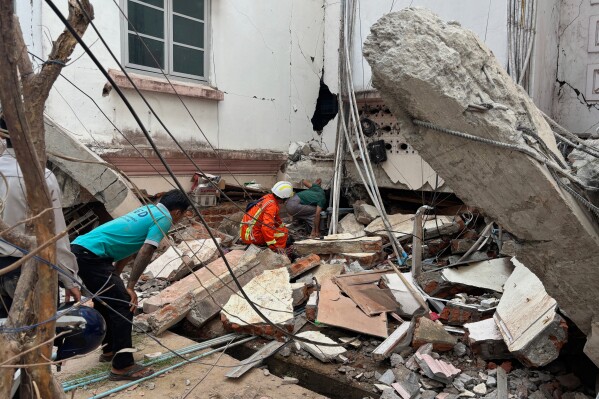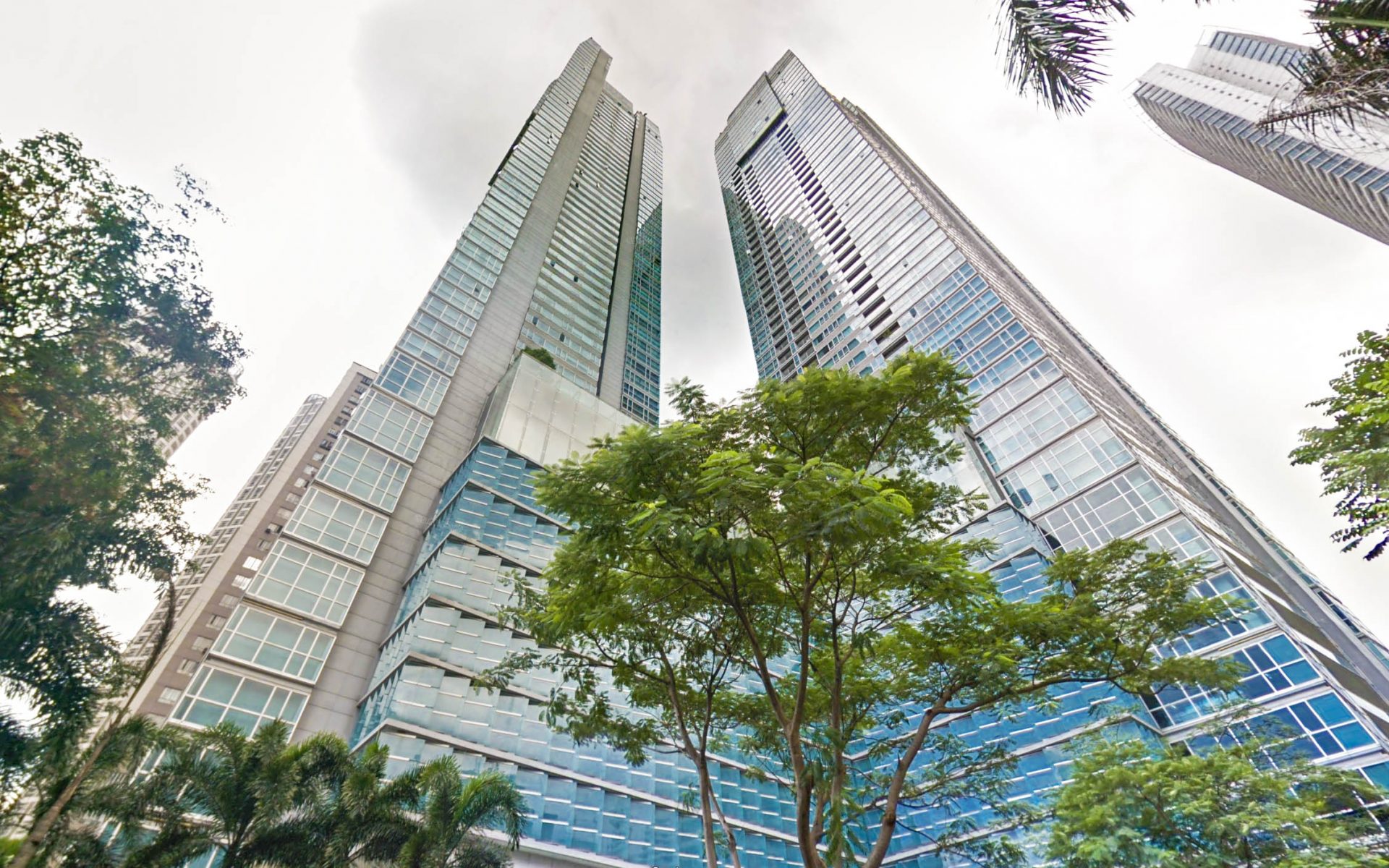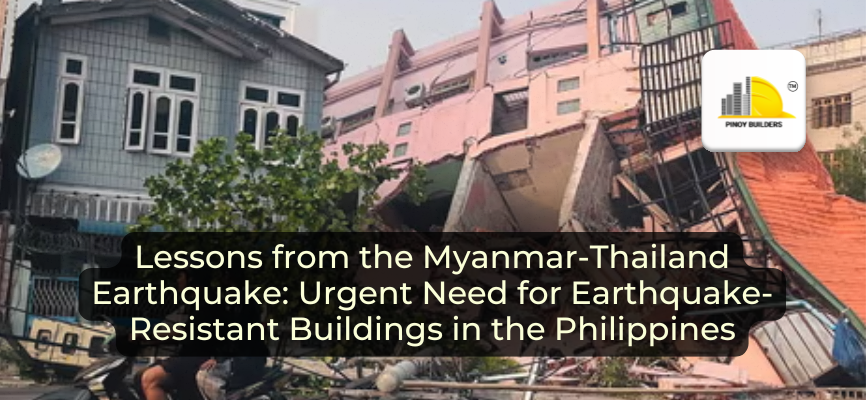On March 28, 2025, a 7.7 magnitude earthquake rattled near Mandalay, Myanmar, causing widespread devastation across the region and neighboring countries like Thailand. This disaster resulted in approximately 1,700 deaths, around 3,400 injured, and over 300 individuals reported missing.
Critical infrastructure, including bridges, highways, and airports, sustained significant damage. The damage slowed humanitarian efforts and hindered rescue and relief operations.
Approximately 1,700 homes, 670 monasteries, 60 schools, and three bridges have sustained damage. Additionally, there are concerns about the stability of major dams. The affected areas also include hospitals, universities, and historical and public buildings.
The powerful earthquake greatly affected Thailand, resulting in at least 18 deaths. A 33-story high-rise building that was under construction in Bangkok’s Chatuchak district collapsed, killing 11 people and leaving dozens trapped under the rubble.

Image from AP NEWS
Earthquake-Resistant Designs in High-Rise Buildings in the Philippines
The recent disaster in Myanmar and Thailand highlights the urgent need for earthquake-resistant construction, particularly in highly populated cities such as Metro Manila. The Philippines, situated within the Pacific Ring of Fire, is highly vulnerable to seismic activity, which poses a significant risk of infrastructure damage.
This tremor once again reminded Filipinos of the anticipation of “The Big One.” A 7.2-magnitude earthquake is due to hit the National Capital Region and nearby areas within our generation or the next generation.
Director of the Philippine Institute of Volcanology and Seismology (PHIVOLCS), Dr. Teresito Bacolcol, says that the expected “Big One” earthquake could kill up to 51,500 people. The estimate includes around 33,500 fatalities from the quake itself and an additional 18,000 due to fires, with about 100,000 people expected to be injured.
While earthquakes themselves don’t kill people, the collapse of buildings and structural damage do. Such damage highlights the critical importance of constructing structurally sound buildings as part of earthquake preparedness.
Because of these factors, making sure that high-rise buildings are designed to withstand earthquakes is very important for protecting people and property. Adding earthquake-resistant features to the country’s tall buildings is an important way to lessen the damage caused by earthquakes.
Modern Earthquake Resistance Innovations and Techniques
1. Base Isolation System
Putting flexible bearings or pads between a building’s foundation and its structure is what base isolation is all about. This method separates the building from the movement of the ground, which helps it stay mostly stable during an earthquake.
2. Counter Forces with Damping
Shock absorbers use vibrational control devices and pendulum power to lessen the damage that earthquake waves do to buildings.
Vibrational control devices use dampers with piston heads and silicone oil to convert earthquake energy into heat and dissipate vibrations. Pendulum power keeps skyscrapers stable by hanging a big ball from steel cables. The ball moves against the building’s natural sway to stop it.
3. Reinforce the Building’s Structure
To make buildings stronger against earthquakes, you need shear walls, cross braces, diaphragms, and moment-resisting frames.
By transferring seismic forces, shear walls and cross braces help keep a building’s shape and stability. Diaphragms, on the other hand, move tension from the floors to the vertical structures. Moment-resisting frames make structures more adaptable by letting beams and columns bend while keeping joints rigid. This makes the structure strong and allows for different design options.

Image from Golden Sphere Reality
Enhanced Building Standards in the Philippines
The aftermath of the Myanmar–Thailand earthquake reminds us that earthquakes are impossible to predict. Even so, safety precautions can be taken to lessen or avoid the bad effects that the disaster might have.
Constructing stronger buildings and earthquake-resistant designs is crucial to protect lives, property, and essential services. Using advanced construction methods will help the Philippines reduce damage and improve disaster resilience.










